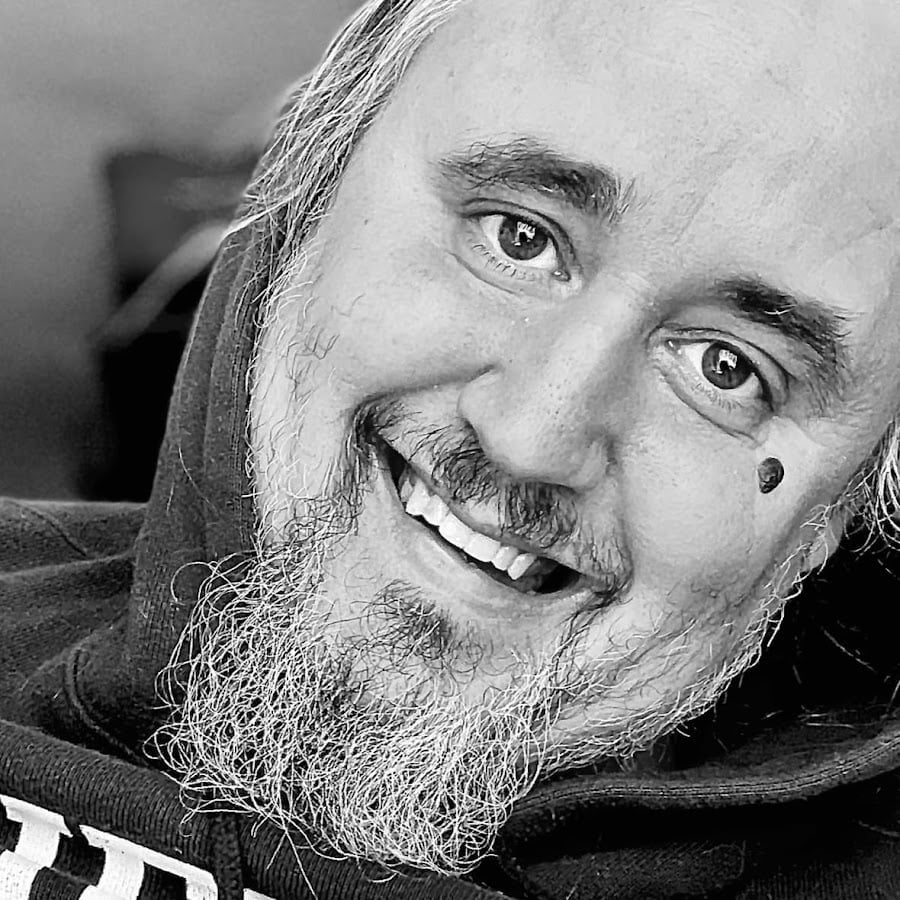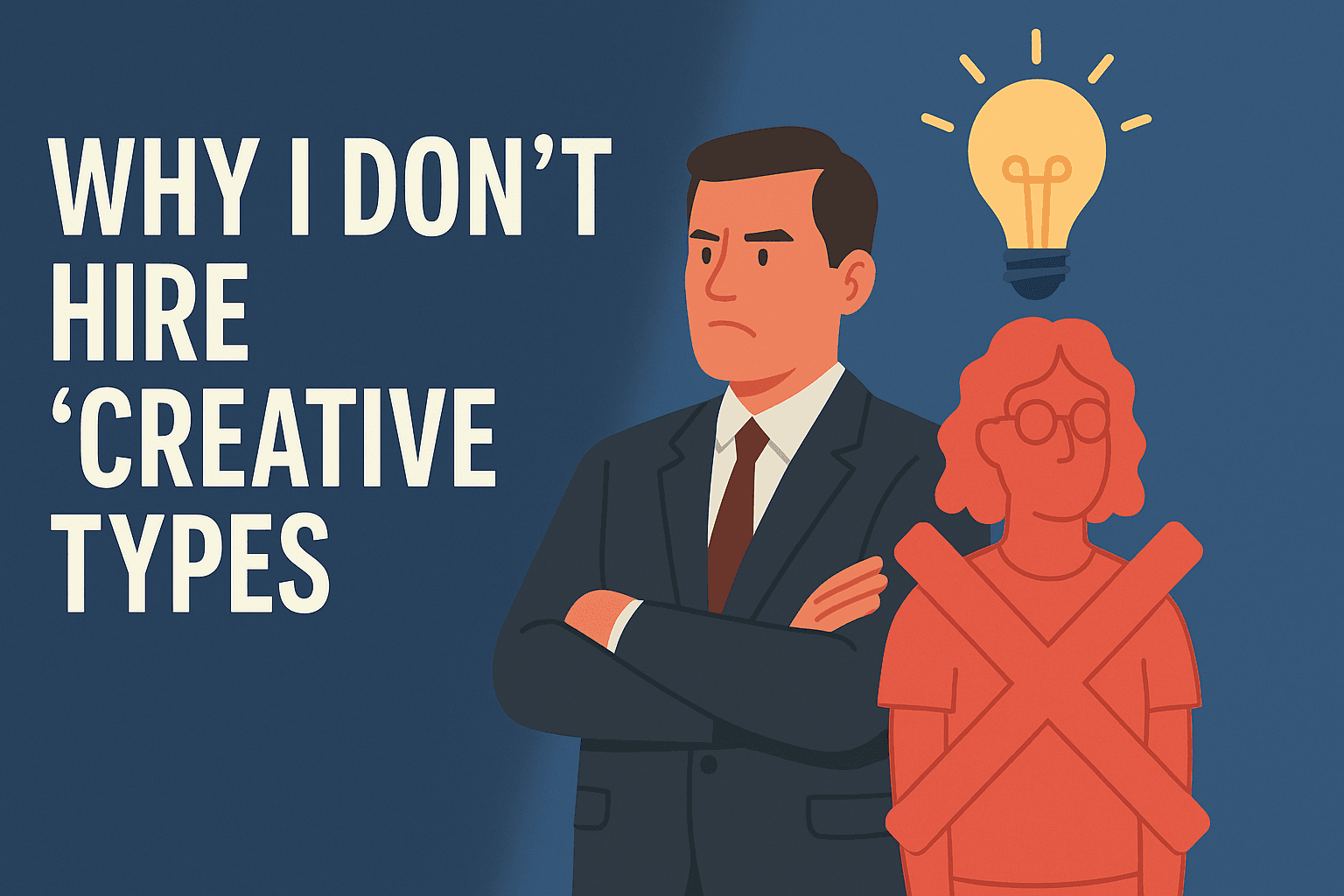Let’s be honest: not every personality (especially the “creative types”) fit in a business that has to make payroll every Friday. I run a company, not an art collective. After watching team after team over the years, I’ve learned a simple truth… ideas are cheap, execution is rare.
The 80/20 Reality
Pareto’s principle plays out in every workplace. Roughly 20 percent of employees generate 80 percent of the real output. The rest keep things moving but aren’t the drivers. It isn’t cruel; it’s math. When you understand that, you start looking for the traits that separate the few producers from the many passengers.
Price’s Law and Output Concentration
Derek J. de Solla Price took Pareto a step further. He found that productivity in any creative or research field scales with the square root of the number of contributors. If you have 100 people, about 10 of them create half the results. That tells you why hiring has to focus on identifying and keeping those consistent performers, not adding more “idea people.”
The Big Five Filter
That’s where personality data helps. The Big Five model isn’t about judging anyone; it measures traits that actually predict job behavior. I hire for high conscientiousness, emotional stability, and dependability, traits that correlate with finishing projects, meeting deadlines, and staying calm when clients change the brief. People who score low in those areas usually mean well but struggle with structure and follow-through.
Creativity vs. Consistency
I’m not anti-creativity. Every business needs new ideas. What I’m against is undisciplined creativity, the kind that generates ten new directions before lunch and forgets them by Tuesday. The best innovations come from people who can imagine something and then grind through the boring steps to make it real.
So when people ask why I don’t hire many “creative types,” the answer’s simple: I hire finishers, not starters. The market rewards delivery, not daydreams.
That’s not censorship; that’s capitalism.
Casey’s Final Thought
It’s frustrating that business owners can’t just talk honestly about performance anymore (without being sued for “classism”. What I’m really after isn’t about labels or diagnoses, it’s about reliability, focus, and follow-through.
I’ve learned over the years that some people thrive in structure while others don’t. That’s not about anyone’s condition; it’s about whether their habits match what clients expect. When customers are paying, they don’t care how “creative” or “inspired” someone feels, they care about results that arrive on time.
So instead of trying to categorize people (even though we all know they are on the ADHD-spectrum), I look for consistency, accountability, and the ability to stay on task. Those traits we test for are what make a business succeed, period. We have to say “creative types” so we don’t get sued for being honest and call it what it is… ADHD. Choosing tests that filter “letdowns” we have found exceptional success!

